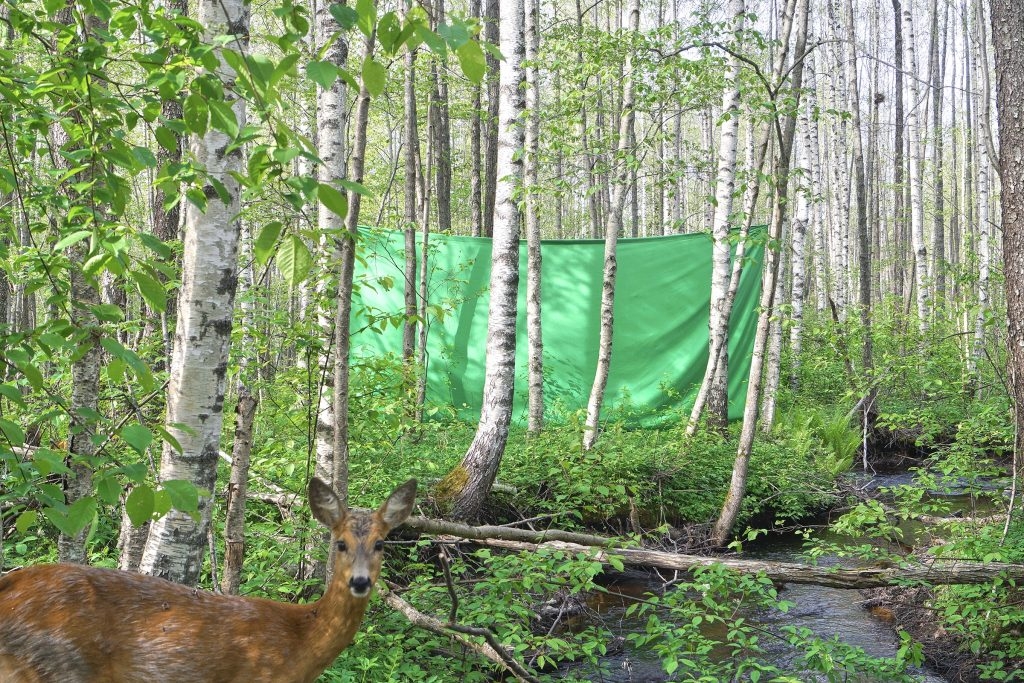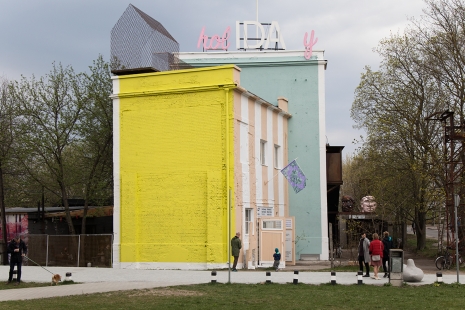The artist Taavi Suisalu looks at the tools used to occupy our attention, how imagination is shaped and visions of reality are created. Reflecting on the course of humanity in a situation where algorithms create images and make decisions for us, Suisalu wonders about the role of humans in the future.
The project was inspired by the first image of a black hole, presented and published by scientists in 2019. Scientists were thrilled when the image was revealed, however, the broader public remained unimpressed. Visually capturing a black hole was an immense technological effort – in order to do so, a telescope with an opening of the size of the Earth was constructed and cubic metres of data carriers were worked through. However, a black hole absorbs all light, so it is impossible to photograph it. In other words, they were fascinated by something that remained invisible in the image. Inspired by this contradiction, Suisalu’s exhibition looks at a variety of images that are impossible to comprehend fully, such as the self-image of a person, or an image of the future or nature.
Suisalu is interested in the way people’s self-perception is changing during the era of artificial intelligence and how self-image is constructed. Today, the interaction between technology and economy is key, the so-called society of attention economy, where people’s attention is converted into profit. Devices of information technology are also like black holes, as their purpose is to consume our attention. At times, the visual reality shaped with the help of algorithms has become indistinguishable from reality. In a way, we are in a similar situation as Narcissus: captivated by our innovations, we see humans’ capability to influence natural processes.
The exhibition Attention Figures speculates on how the self-image of a person can change, once we understand that intelligent machines may reach a superhuman level. In other words: once the artificial intelligence becomes smarter than man and through that also autonomous, will mankind become humbler and more empathic towards the ecosystem it inhabits?
The texts accompanying the exhibition are written by Arko Olesk, Jaak Tomberg, Jan Kaus and Indrek Ibrus.





